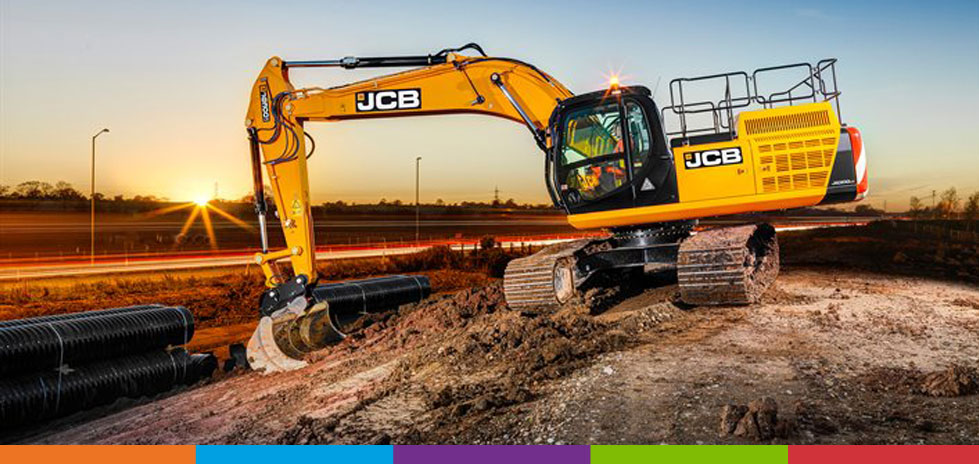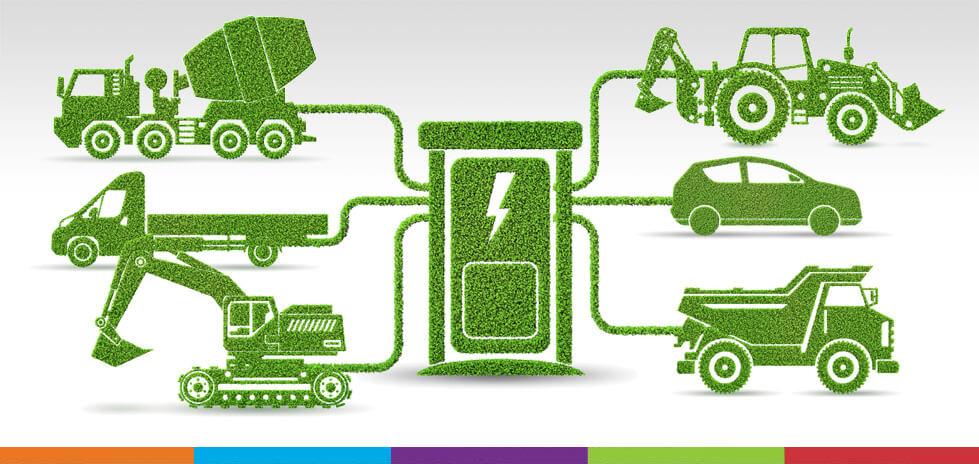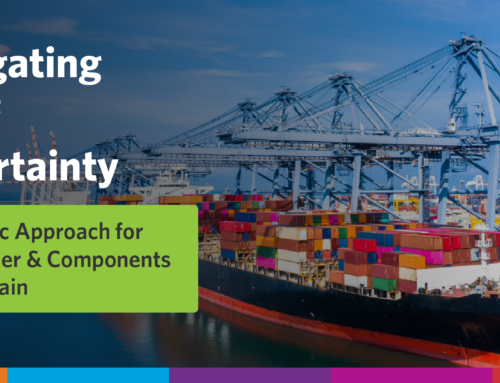
新基建法将如何影响建设
两党基础设施法为建筑设备制造商带来的 3 个机会
由于最近通过的两党基础设施法,建筑业的前景一片光明。
在立法指定的 $1.2 万亿中,$5500 亿将用于高速互联网接入、机场、Amtrak 以及道路和桥梁——这是自 1950 年代开始建设美国州际公路系统以来最重大的投资。随着资金和项目的大量涌入,建筑行业必然会遇到一些成长的烦恼,需要适应这些痛苦。以下是我们预测将会发生的三个重大转变:
1.就业市场增长
尽管建筑业目前劳动力短缺,但新通过的立法将产生大量新工作。随着工作的涌入,建筑业就业市场将需要做出相应的调整。
从船员到机器操作员再到工头,每个建筑职位都有望增长。相关的高薪职业机会必然会出现在设计和工程领域,以开发电动汽车和充电站,以及宽带和互联网服务的升级。毋庸置疑,机会将会出现在试图进入制造业或在其中成长的人们面前。
2. 供应链问题
像“延迟”或“中断”这样的短语很少是设备制造商想听到的。当出现瓶颈时,制造商的工作流程就会被打乱——看看加州港口的情况就知道了。
当今供应链的启停性质表明,建筑设备制造商的库存管理将变得多么重要。对于希望按时交付价格合理的紧固件和 C 级部件材料以实现生产目标的生产商,Optimas 可以作为信誉良好的资源。我们提供技术支持的需求计划和补货选项,因此您可以提高效率。
3、技术创新
与就业市场的扩张方式类似,建筑设备制造商也需要拓宽他们使用和整合技术的方式。使用的设备超出您在现场看到的。
它不仅仅是前装载机、挖掘机和推土机。技术将需要在制造设施内部发展,包括同步需求计划与库存使用和补货计划的软件和功能,以确保无缝生产。
建筑设备电气化可将生产率提高 14% 至 15%。最重要的是,排放量将随着项目造成的碳足迹而下降,这与新法律提高可持续性的目标相吻合。通过与像 Optimas 这样的专业技术公司合作,建筑设备制造商可以从将技术集成到他们的运营中获益。
随着建筑行业前景的光明,制造商和领导者将需要以实物回应。通过与可靠的公司一起预测增长并提升运营和产品质量,他们可以回避供应链问题并最大限度地利用两党基础设施法提供的机会。






